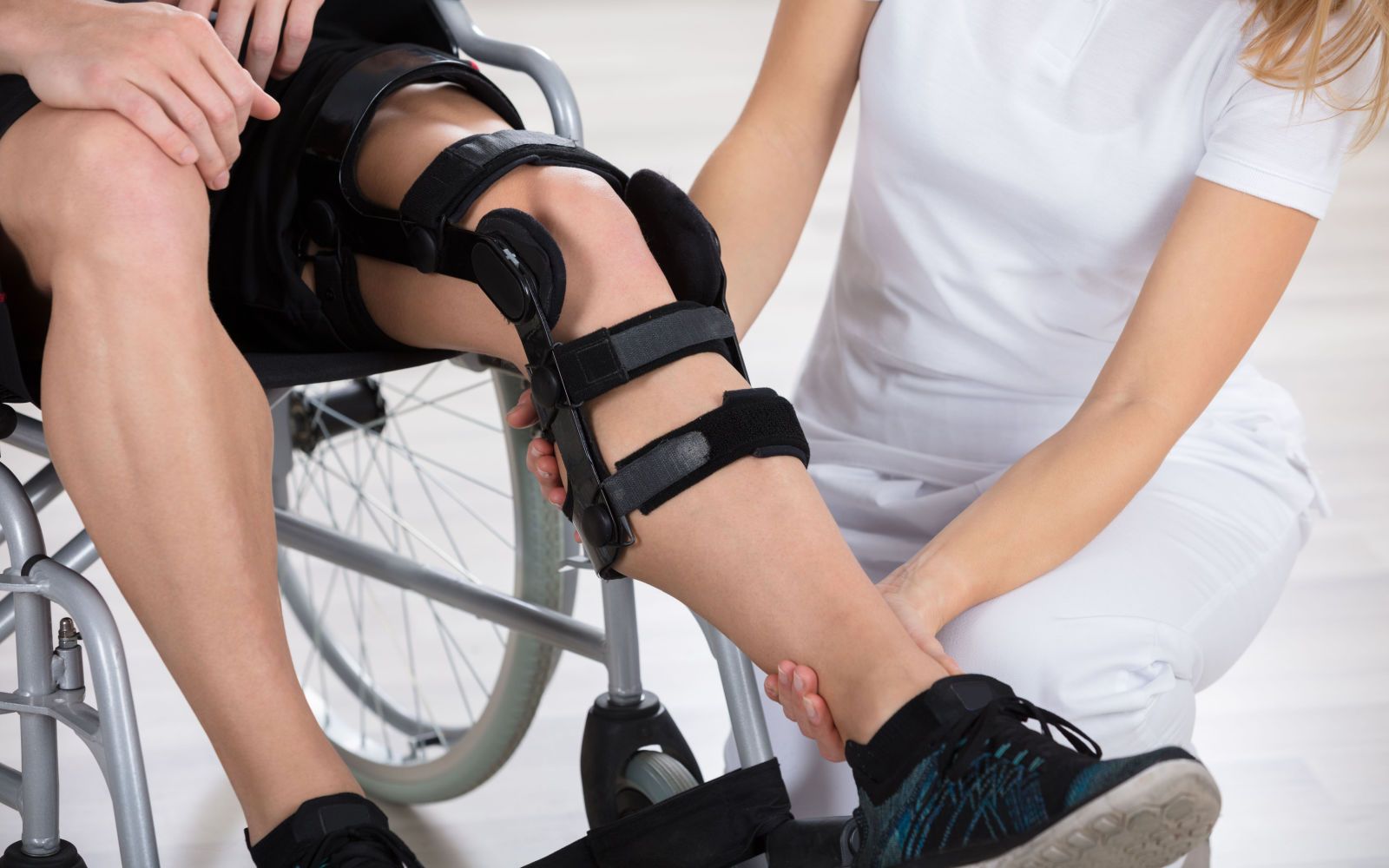Exploring the Effect of Manual Treatment Techniques on Reducing Musculoskeletal Discomfort and Enhancing Client Outcomes
Exploring the Effect of Manual Treatment Techniques on Reducing Musculoskeletal Discomfort and Enhancing Client Outcomes
Blog Article
Hands-on therapy techniques are hands-on approaches used by healthcare professionals to address muscle and joint pain. Such techniques include various types of manipulation and mobilization of the human muscles and articulations. The goal of manual therapy is to alleviate discomfort, improve movement, and boost overall function. Numerous people suffer from muscle and joint pain due to trauma, poor alignment, or disorders like arthritis. By applying manual therapy, practitioners aim to tackle these issues and help clients regain their standard of life.
One common manual therapy technique is vertebral adjustment. This technique involves using controlled force to the vertebral column to enhance positioning and decrease discomfort. Research has shown that spinal adjustment can be beneficial in managing lumbar spinal pain and cervical discomfort. Another method is gentle connective tissue mobilization, which concentrates on reducing tension in the muscles and connective tissues. This can help reduce stiffness and improve flexibility, making it easier for patients to move without pain. Both methods can be customized to satisfy the individual requirements of each patient, ensuring a custom method to treatment.
In addition to pain relief, manual therapy can enhance patient outcomes in various aspects. For example, it can boost blood flow, which helps supply nutrients and essential elements to the injured regions of the system. Improved blood flow can also encourage healing and reduce inflammation. Furthermore, manual therapy can help patients develop better physical consciousness, which is crucial for avoiding future injuries. By understanding how their physiques function, clients can make better informed decisions about their movements and alignment, leading to sustained benefits.
The effectiveness of hands-on treatment is often backed by patient feedback. Many patients report significant gains in their discomfort intensity and overall function after receiving treatment. This positive response can lead to greater drive for clients to engage in rehabilitative exercise and recovery exercises. When patients feel better, they are much likely to engage in their rehabilitation journey, which can further improve their results. This collaborative method between the provider and the patient is crucial for achieving enduring results.
In conclusion, manual therapy methods play a critical role in relieving muscle and joint pain and enhancing patient outcomes. By applying techniques such as vertebral manipulation and soft connective tissue manipulation, medical professionals can help clients recover mobility and reduce discomfort. The advantages of hands-on treatment go further than immediate discomfort alleviation, as it also encourages recovery and motivates patients to take an active role in their recovery. As an increasing number of individuals seek effective treatments for muscle and joint concerns, manual treatment remains to be an try these out essential option in the field of medicine.